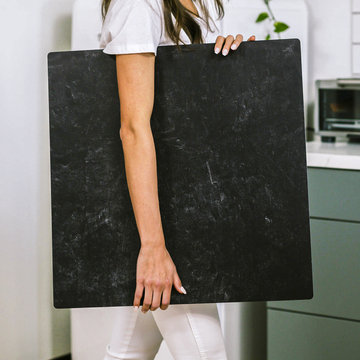There’s something irresistible about a perfectly styled flat lay: the way every detail lines up, the colors dance, and the products leap off the background. But if you’ve ever wondered why some flat lays feel like fine art while others fall flat (pun intended), you’re not alone. The secret isn’t just in picking props or arranging shapes-it’s in creating depth and dimension on a flat, two-dimensional stage.
Most guides talk about lighting or composition, but they miss a crucial layer: the clever techniques that bring a sense of height and tactile realism to your flat lays. Let’s pull back the curtain and explore how to add an invisible “third dimension” that captures attention every time.
Why Depth Is the Missing Ingredient
Shooting from above is visually striking but naturally compresses space. Our eyes crave shadows, subtle texture, and hints of elevation-tiny cues that make an image feel real rather than flat and lifeless. Learning to manipulate these cues turns an ordinary snapshot into a frame-worthy photograph.
1. Shadows-Not Just the Enemy
You may have heard that shadows are a mistake in flat lays. The truth is, controlled shadows breathe life into your composition. By intentionally placing your main light just a bit off-center-10 to 20 degrees off vertical-you’ll introduce delicate, directional shadows. These hints of darkness trick the mind into sensing height and separation.
- Use a large, diffused light source (softbox or window) for gentle edges.
- Add white reflector cards to lift shadows exactly where you want.
- Pair with a textured surface, like Replica Surfaces, for even softer gradients.
2. The Magic of Micro-Risers
Want your star product to truly stand out? Slide a transparent acrylic riser or a sliver of foamcore underneath. Even a few millimeters of lift will cast a subtle shadow, giving your object “height” without breaking the flat lay illusion.
- Choose clear risers for glass items and remove any visible supports in post-production if needed.
- Experiment with different heights on supporting props to add more layers.
3. Choose Your Lens Like a Pro
Wide-angle lenses deceive the eye by distorting proportions-edges “fall away” and the image loses geometric harmony. The most natural flat lays are shot at 50-85mm (full-frame equivalent), keeping shapes true to life and objects connected.
- Mount your camera high enough to fit everything in frame.
- A tiny, intentional tilt (2-4 degrees off true overhead) can make the nearest object more dominant but keep your perspective subtle.
4. Color Temperature: Painter’s Tricks in Photography
Try color zoning by using two lights (or bouncing daylight and artificial light) at slightly different temperatures. Warmer light on your feature element and cooler light on supporting items guides the viewer’s gaze and enhances depth-the eye reads warm as closer, cool as further away.
5. Editing for “Height”
In post-production, take advantage of frequency separation. This technique lets you enhance surface texture (the “height” information) independently of color. Gently boosting shadows and highlights on your main subject makes it appear elevated and crisp, pulling it to the forefront of the image.
Bringing It All Together
The best flat lays invite your viewer into the scene, allowing them to “feel” each object’s shape and character. By combining careful shadow play, subtle elevation, precise lens choice, and painterly use of color, you engineer an image that jumps off the screen-without ever breaking the rules of the flat lay.
- Start with a textured, high-quality surface like Replica Surfaces.
- Add controlled, angled lighting and use micro-risers for key props.
- Experiment with gentle color temperature shifts.
- Tweak your edits to boost dimension and clarity where it matters most.
The next time you arrange a scene, look for chances to create those little “pop” moments of dimensionality. Your photos will feel more professional, more inviting-and just a little bit magical.
Have your own flat lay challenges or advanced techniques to share? Drop them below-I’d love to hear how you make your images come alive!



